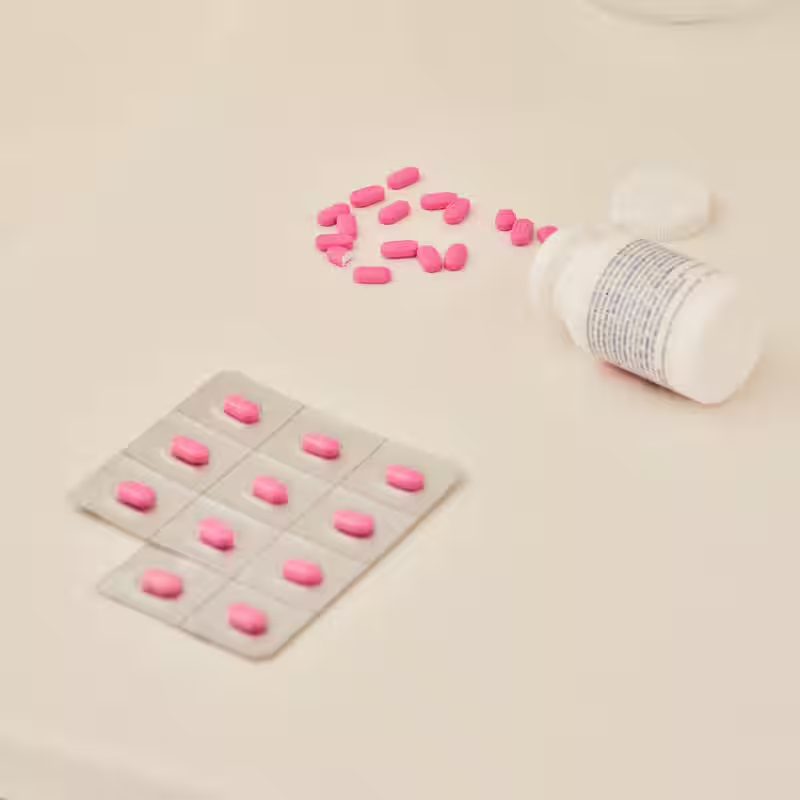Table of Contents
- America’s Hidden Dependency on Chinese Drug Ingredients
- What the New Analysis Reveals
- Why the U.S. Doesn’t Make These Chemicals
- Geopolitical Flashpoints and Patient Safety
- Can the U.S. Break Free from This Reliance?
- Sources
China Controls the Lifeline to 700 U.S. Medicines
A new, alarming report confirms what health and national security experts have long warned: the United States is dangerously dependent on China for the raw materials that go into hundreds of essential medicines. According to a comprehensive analysis by U.S. Pharmacopeia, nearly 700 FDA-approved drugs rely on at least one active pharmaceutical ingredient (API) that is sourced exclusively from China.
These aren’t obscure compounds—they include ingredients in widely used antibiotics like amoxicillin, heart medications, anti-seizure drugs, HIV treatments, and even over-the-counter staples like Benadryl.
What the Data Shows: A Fragile Supply Chain
The U.S. Pharmacopeia study mapped the global origins of drug ingredients and found that for many critical medicines, there is zero redundancy in the supply chain. If China were to halt exports—even temporarily—American pharmacies could face shortages within weeks.
Key Drugs Solely Dependent on Chinese Ingredients
| Drug Category | Examples | Chinese API Dependency |
|---|---|---|
| Antibiotics | Amoxicillin, Penicillin | 100% sole-source |
| Cardiovascular | Lisinopril, Amlodipine | 100% sole-source |
| Antihistamines | Diphenhydramine (Benadryl) | 100% sole-source |
| Oncology | Generic chemotherapy agents | Partial but critical reliance |
Why the U.S. Doesn’t Produce These Chemicals
It’s not for lack of technical know-how. The real issue is economics—and regulation. Manufacturing APIs is a dirty, chemically intensive process that produces hazardous waste. In the U.S., strict environmental rules, high labor costs, and expensive compliance make domestic production unprofitable.
“China can produce these chemicals at a fraction of the cost because they don’t face the same environmental or labor standards,” said Dr. Emily Carter, a pharmaceutical supply chain expert at Johns Hopkins. “Over 30 years, we’ve offshored the entire foundation of our medicine cabinet.”
Attempts to revive U.S. API manufacturing—like the 2021 Biden executive order on supply chain resilience—have yielded limited results. Few companies are willing to invest billions without guaranteed long-term government support.
Geopolitical Risks Could Trigger a Health Crisis
With U.S.-China tensions escalating—from rare earth export controls to Trump’s proposed 100% tariffs on all Chinese goods—the risk of a medical supply disruption is no longer theoretical.
“If China decides to weaponize pharmaceutical exports during a crisis, millions of Americans could lose access to life-saving drugs,” warned a 2024 Pentagon report on supply chain vulnerabilities.
Even without intentional disruption, logistical bottlenecks—like port strikes, pandemics, or trade wars—could cause cascading shortages. Generic drug shortages are already common; this dependency makes the system far more fragile.
Can the U.S. Break Free from This Reliance?
Solutions are emerging—but slowly. The Department of Defense has funded pilot projects to manufacture antibiotics domestically. The FDA now offers expedited reviews for new API facilities. And bipartisan legislation, like the Pharmaceutical Independence Act, aims to provide tax credits for onshoring production.
Still, experts say rebuilding this industrial base could take a decade or more. In the meantime, patients and policymakers are left walking a tightrope—relying on a geopolitical rival for the very chemicals that keep Americans alive.
“This isn’t just a health issue,” said Senator Tammy Baldwin (D-WI), who chairs the Senate Health Subcommittee. “It’s a national security imperative.”




